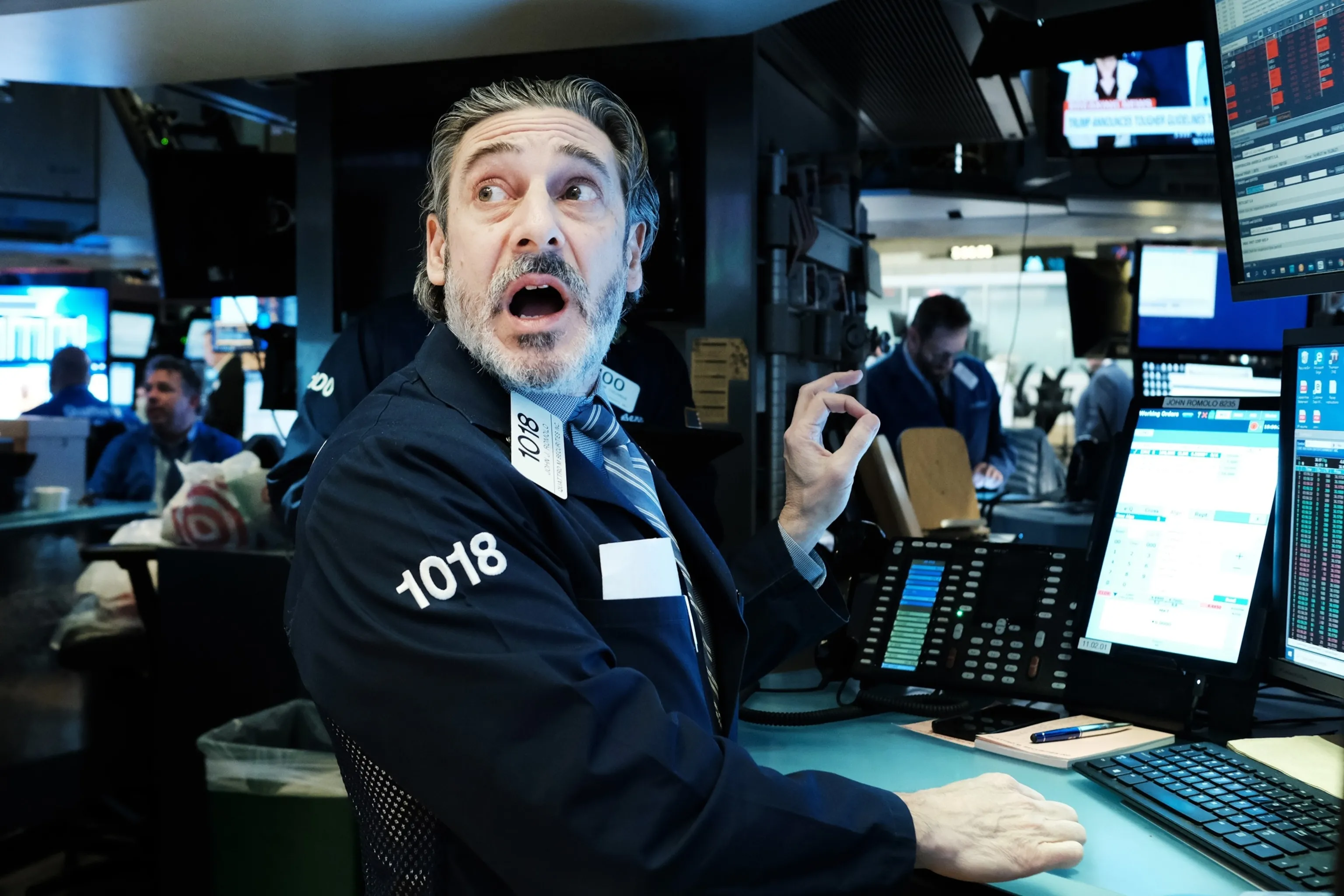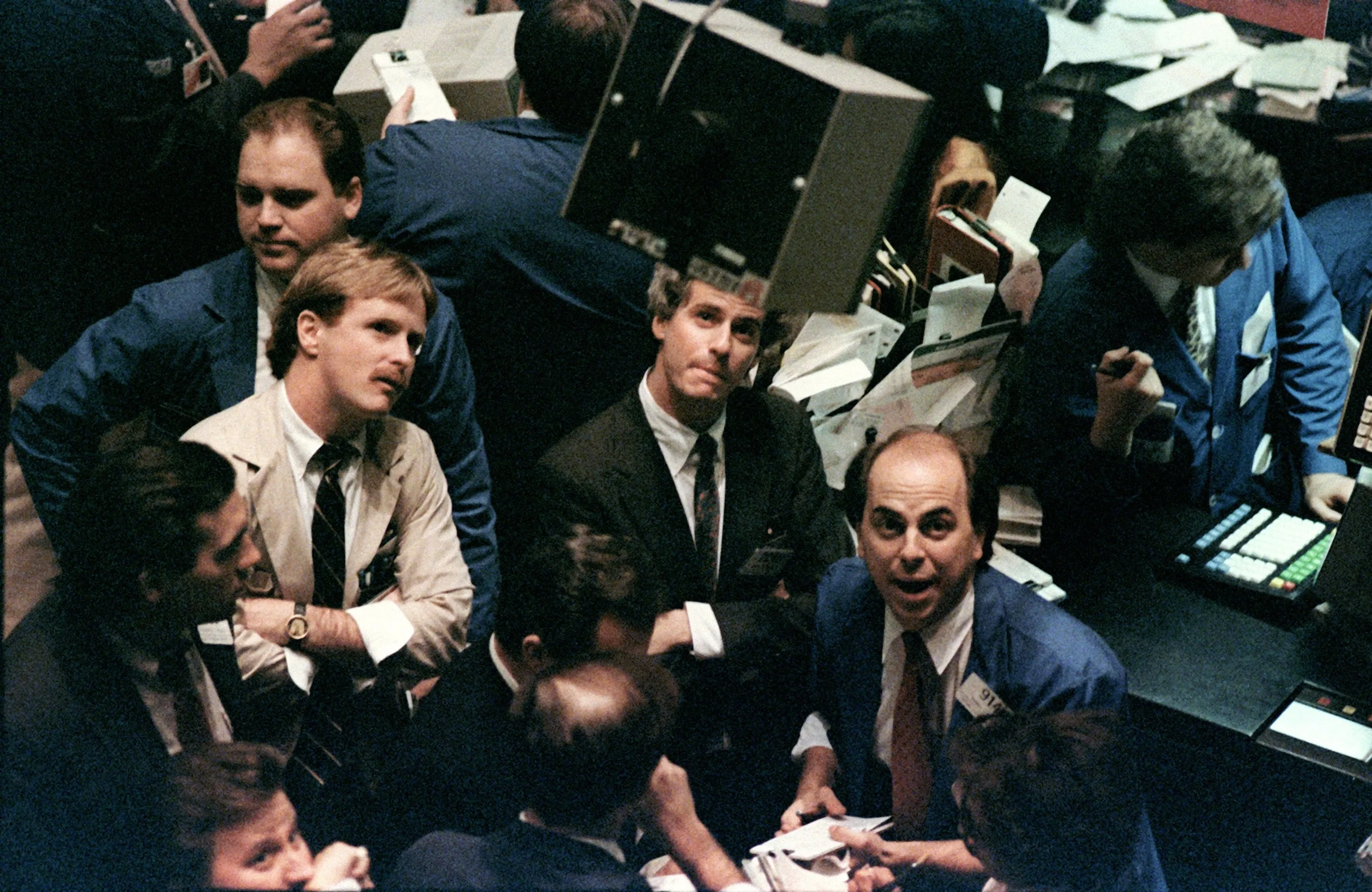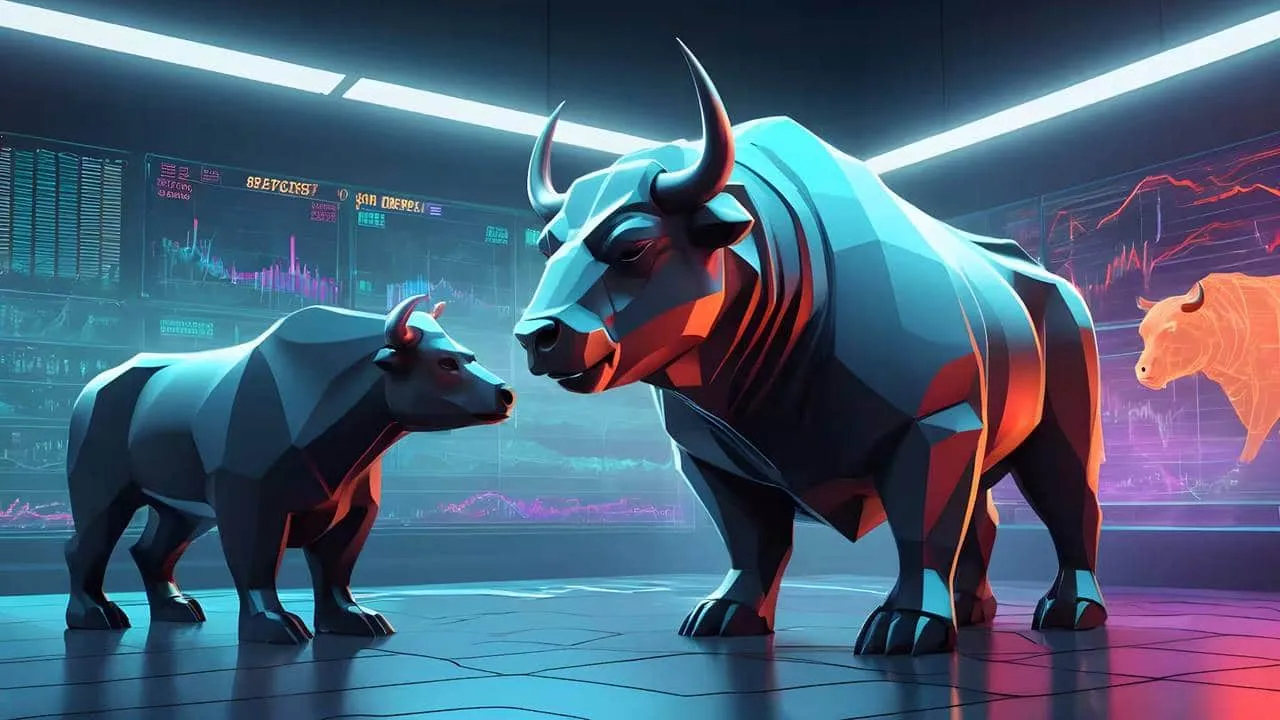Recent market volatility, including drops linked to tariff discussions, brings historical stock market crashes back into focus. While recent declines haven’t rivaled the most severe historical events, understanding past downturns provides crucial context for investors and professionals.
Contents
This article examines the most significant percentage drops in the Dow Jones Industrial Average, highlighting the events and implications behind these historic market collapses.
A Look Back: The Biggest Stock Market Crashes
The history of the US stock market is marked by periods of significant growth and sharp, sometimes sudden, declines. These “worst days” represent moments when market confidence eroded rapidly, leading to massive value destruction. The following list details the top five largest single-day percentage drops in the Dow Jones Industrial Average.
5.) March 12, 2020 (-9.99%)
As the initial shockwaves of the COVID-19 pandemic spread globally, markets reacted swiftly and negatively. March 12, 2020, saw the Dow Jones plunge nearly 10%. This was part of a volatile period, following another significant drop of 7.79% just three days prior on March 9, marking the early stages of the pandemic’s impact on financial markets.
4.) October 29, 1929 (-11.73%)
Known historically as “Black Tuesday,” this day marked the second major blow in the stock market crash of 1929. Following a substantial drop the previous day (“Black Monday”), markets continued their freefall. This crash is widely seen as the catalyst for the decade-long Great Depression, signaling the end of the prosperous “Roaring Twenties” and fundamentally changing the economic landscape.
 People gather outside the New York Stock Exchange during the historic Wall Street crash of October 1929
People gather outside the New York Stock Exchange during the historic Wall Street crash of October 1929
3.) October 28, 1929 (-12.82%)
The original “Black Monday” in Dow Jones history saw an even steeper percentage decline than Black Tuesday. This was the day panic truly set in after months of speculation. The dramatic drop wiped out fortunes and served as a stark reminder that market exuberance can turn into rapid decline, fundamentally altering investor perceptions and leading into the devastating economic period that followed.
2.) March 16, 2020 (-12.93%)
Just four days after the earlier March 2020 drop, the Dow experienced an even larger fall, marking the peak of the initial COVID-19 market panic. As countries implemented widespread lockdowns and global supply chains faced unprecedented disruption, investor fear escalated, leading to a massive sell-off as the world grappled with the rapidly spreading virus.
 Traders work on the floor of the New York Stock Exchange during the market crash in March 2020
Traders work on the floor of the New York Stock Exchange during the market crash in March 2020
1.) October 19, 1987 (-22.61%)
Also known as “Black Monday,” the crash of October 19, 1987, remains the largest single-day percentage drop in Dow Jones history by a wide margin. This event is often cited as the first modern global financial crisis. It occurred after a period of rapid market ascent and was triggered by various factors, including trade deficit concerns, automated trading programs, and cascading selling pressure that started in overseas markets and quickly spread to the US. The sheer speed and magnitude of the decline caught many off guard and led to significant regulatory and market structure reviews.
 Traders react to rapidly changing stock prices on the NYSE floor during the Black Monday crash of October 1987
Traders react to rapidly changing stock prices on the NYSE floor during the Black Monday crash of October 1987
Note: While the Dow Jones officially lists December 12, 1914, with a significant drop, financial historians generally agree that the 1987 event represents the most severe single-day trading crash in the index’s history. The 1914 date involved the market reopening after a WWI-related closure with limited trading, and its recorded movement is often viewed differently than days of open, unrestricted trading.
Source: S&P Global
What These Crashes Tell Us
Studying the worst days in stock market history offers valuable insights. These events highlight the potential for rapid downturns driven by economic conditions, global events, or investor psychology. While market corrections and downturns are a natural part of the cycle, the scale of these historic crashes underscores the importance of understanding risk and market dynamics.
For more on market volatility and historical events, explore our related coverage.







































